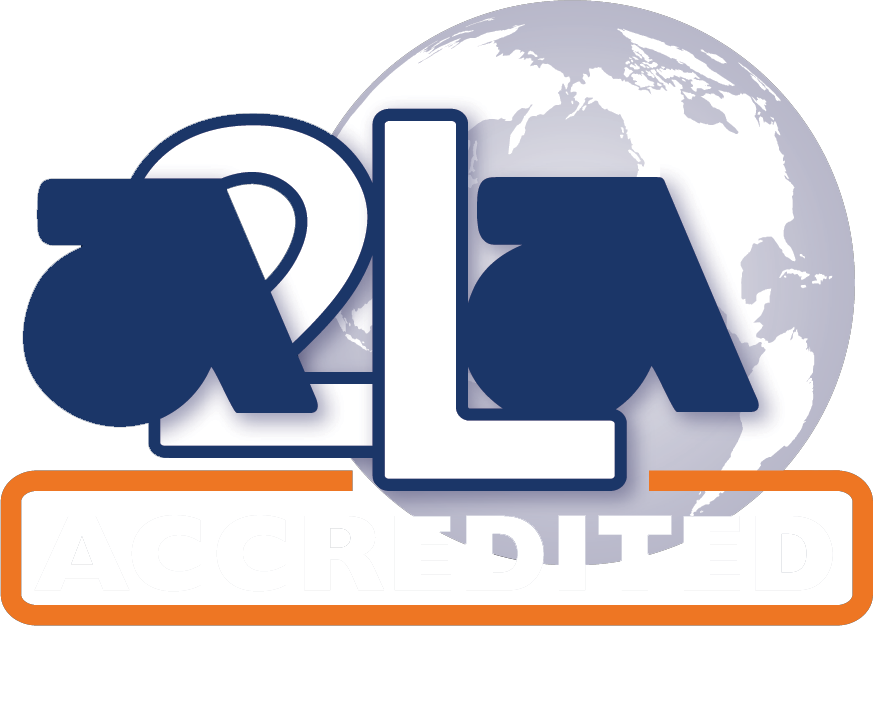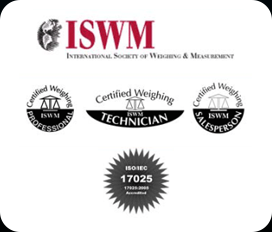How to Select Calibration Intervals
If you work with measuring instruments, proper calibration is extremely important, meaning selecting calibration intervals is critical. But what are the recommended calibration intervals? And how do you know if you are setting calibration intervals correctly?
What Is the Calibration Interval?
Before answering the question, “What are the recommended calibration intervals?” It’s important to understand why we calibrate measuring devices and what the calibration interval actually means. An instrument tends to drift in its results over time. No matter how finely tuned the instrument might be initially, environmental factors and other random occurrences can affect the way the instrument measures.
It is critical to get correct measurements.
Measurements and related operations account for approximately three to six percent of the GDP of industrial countries. Proper calibration can verify and improve the accuracy of a measuring instrument so you can have full confidence in the results and ensure the best results following important measurements. Failure to calibrate can lead to inaccurate measurements, which in turn can lead to incorrect results and cause production downtime, greater costs and possibly even safety issues.
As an example, consider the potential losses for a meat-packing plant. It’s not unusual to process and weigh 5,000 boxes a day on a bench scale. With an estimated cost of $3.70 per pound of meat, a single graduation error, or 0.05 pounds, translates to more than $240,000 losses in a single year. That’s substantial, and that rate can double or triple when using uncalibrated conveyor scales.
That’s why you want to calibrate your instruments when they are new, have recently been repaired, have sustained some kind of physical trauma or after a long enough time has passed without verifying the instrument’s accuracy.
What Constitutes a Long-Enough Time Between Calibrations?
The International Standards Organization (ISO) has some ideas about how long you can safely go between calibrations, or the calibration interval. According to the ISO, you must calibrate all equipment to make sure it meets your laboratory’s specifications and the general standard specifications before using it for the first time, and you should label this equipment with the proper calibration interval.
But what is that interval? Keep in mind that your industry’s accrediting body may have specific requirements with respect to calibration intervals — and the tests you do with your equipment may also have an effect on how frequently you should calibrate.
If you are experienced with the particular measuring equipment you are using, there are some guidelines you should use to help you establish the proper interval.
For example, is it a measuring device that tends to fall out of proper calibration very easily? What is the manufacturer’s recommendation for calibrating this particular device? How potentially damaging would it be to your operations if you discovered the device was out of calibration while in use?
Additional questions you’ll want to ask yourself focus on legalities. Does your measuring device, for instance, require routine calibrations to meet legal and industry standards? How frequent are your audits, as well as inspections? Does your quality system already have a set of specifications that you’re mandated to follow?
When choosing a calibration interval, you are really selecting a value of uncertainty growth. When you calibrate an instrument, you only know its calibrated values in that moment. The more time goes by, the more uncertainty you have regarding the accuracy of your measuring device. Your goal is to determine just how much uncertainty your business can tolerate before it is worth it to take the device out of commission to calibrate it.
It is a delicate balance between calibrating too soon and waiting too long. If you calibrate too soon, you will incur more frequent calibration costs and more equipment downtime. Wait too long, and you risk sudden and unexpected maintenance, quality issues, potential product recalls and non-conformities in an audit.
Calibration Interval Tips
If you’ve never recalibrated the instrument before, go for a shorter interval. You can collect more data this way and you can always extend the interval next time around. To make things easier and save time, you do not necessarily have to periodically calibrate every instrument. Instruments that do not make discrete measurements or do not make critical measurements may be eligible for NPCR, or No Periodic Calibration Required status.
Calibration Interval Options:
- Fixed Interval — Calibrate after a set amount of time, like three, six or nine months. This is an easy method to implement and carry out but may limit accuracy with respect to the “correct” interval.
- Automatic Adjustment — As per ILAC-G24: “Each time an instrument is calibrated, the subsequent interval is extended if it is found to be within the maximum permissible error required for measurement, or reduced if found to be outside this maximum permissible error.” This option is a bit more complicated, as you’re evaluating after every calibration and making a decision based on historical data, and accuracy can still be an issue.
- In-Use Time — Easy to calculate and potentially more accurate, but cannot be used with all instruments and can be expensive and time consuming to track all your instruments’ usage. For this option, you’ll plan your calibrations based on their use, such as calibrating a device after 1,000 hours of use or after every 1,000 measurements.
- Similar Items — Use the same interval as like devices. Simple, but you need to make sure both devices have a similar risk tolerance, usage, and environment.
- Control Charts — Can be very accurate but much more complicated to implement.
- Professional Calibration Service — Offers a convenient alternative to the above options. Your service provider evaluates your instrument and its performance, offering a recommended calibration interval. The most substantial benefit of this option is the confidence you’ll have with your service, as your provider will complete the calibration with a traceable reference standard that ensures the validity of your calibration.
Determining your appropriate calibration intervals offer several benefits, from an improved bottom line to improved quality assurance with trouble-free audits.. That’s why it’s essential to find your recommended calibration interval and commit to it.
Find Your Recommended Calibration Intervals With Precision Solutions
If you’re unsure of overseeing and finding your recommended calibration interval, trust a respected and experienced provider of accurate instrument calibrations — Precision Solutions. At Precision Solutions, our ISO-accredited company not only adheres to ISO guidelines, but also the National Institute of Standards and Technology’s (NIST’s) standards.
We also offer a certified service team helping you determine the ideal calibration interval for your instruments and specific application through our preventative maintenance services.
Contact us today to learn more about our calibration services for the Pennsylvania and New Jersey area.



